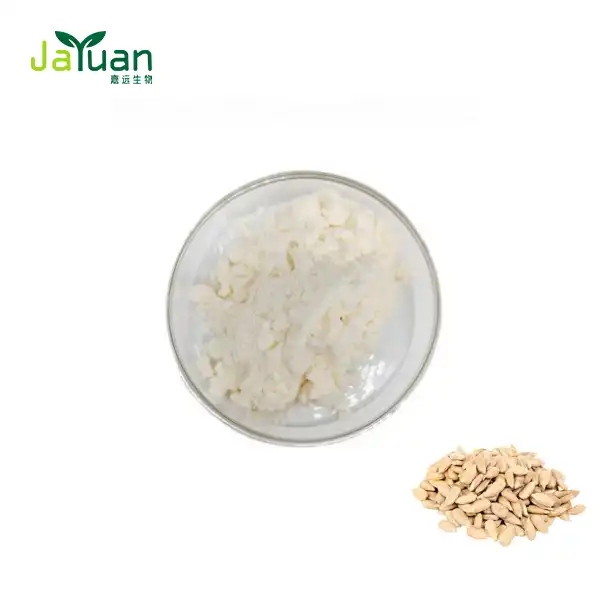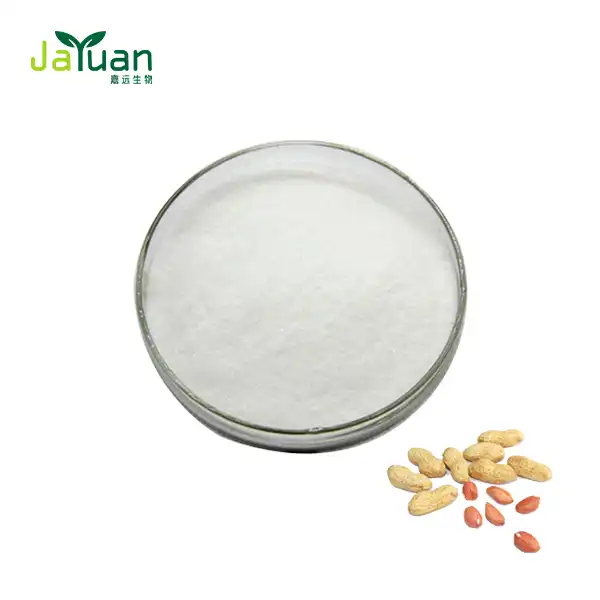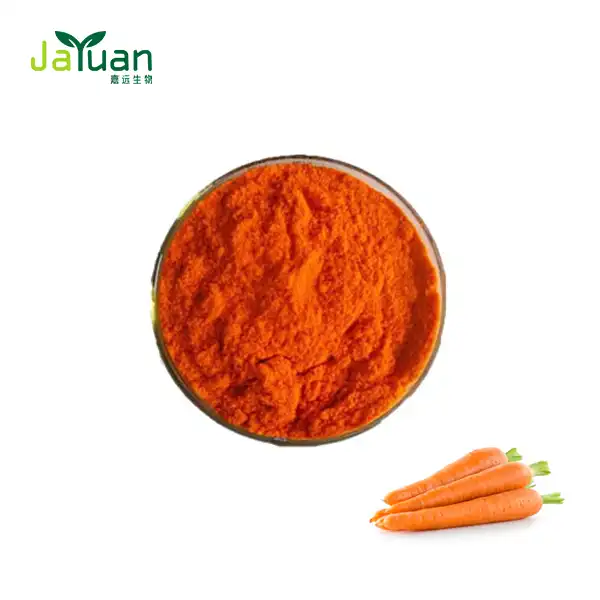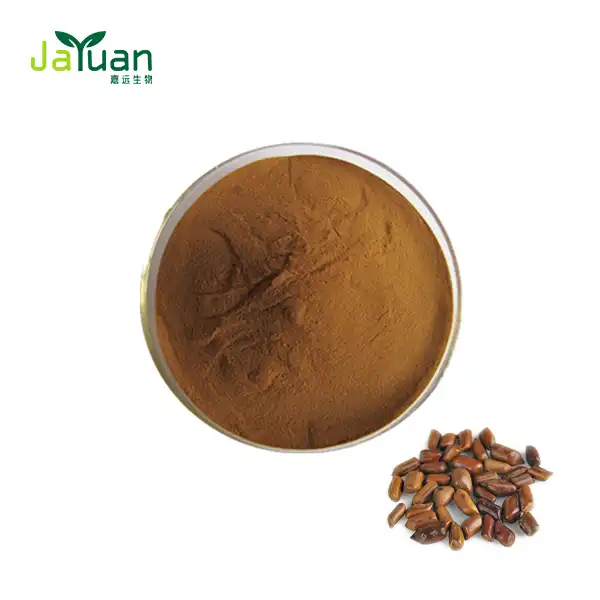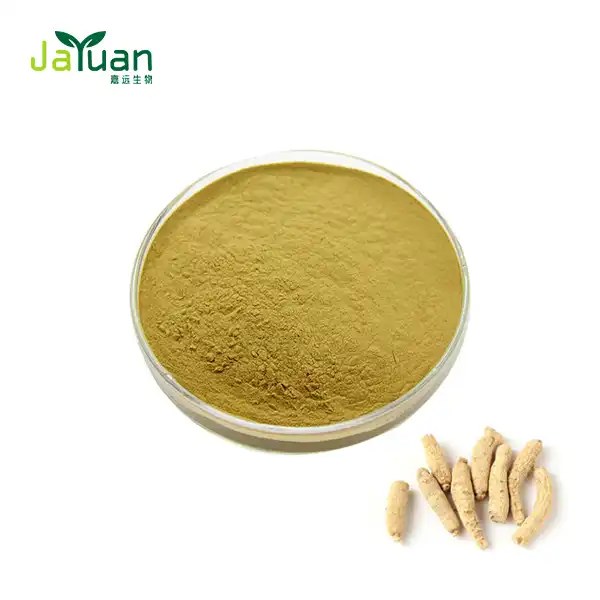Can you digest capsaicin?
Have you at any point considered what befalls that blazing sensation in your mouth subsequent to partaking in a zesty dinner? The offender behind that intensity is capsaicin, the dynamic compound found in bean stew peppers. Yet, what befalls capsaicin once it enters your body? Might you at any point really process it? We should plunge into the universe of capsaicin and investigate its excursion through your stomach related framework. The establishment for researching how capsaicin cooperates with the stomach related framework is laid out by grasping the properties of capsaicin powder and its different structures.
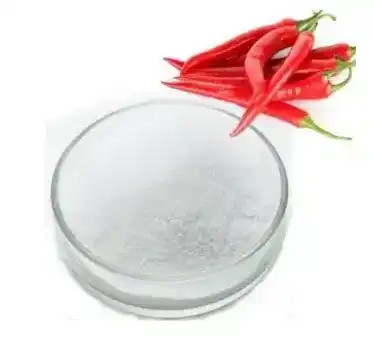
Capsaicin: The Spice Behind the Heat
Prior to digging into the subject of absorption, it's essential to initially comprehend what capsaicin is and its different structures. Capsaicin is a normally happening compound found in bean stew peppers, liable for their trademark intensity and sharpness. Synthetically, capsaicin has a place with a class of mixtures known as capsaicinoids, which are delivered by the Capsicum types of plants.
Capsaicin is generally perceived for its capacity to invigorate tangible neurons, especially through its connection with the TRPV1 receptors. These receptors are delicate to temperature and actual scraped spot, which is the reason capsaicin delivers a consuming sensation when consumed. This property isn't just a vital element in culinary applications yet in addition a focal part of its utilization in different restorative items.
One normal type of capsaicin utilized in both dietary and remedial settings is capsaicin powder. This powder is gotten from dried bean stew peppers and is concentrated with the dynamic compound capsaicin. Capsaicin powder is many times utilized as a zest in cooking, adding both flavor and intensity to dishes. In the clinical field, it is used in skin creams, patches, and salves to oversee torment, especially in conditions like joint pain and neuropathic torment.
The type of capsaicin utilized can essentially influence its effect on the body. For example, capsaicin powder, when ingested, can impact stomach related cycles and generally gastrointestinal wellbeing. Capsaicin can animate the creation of stomach related compounds and increment gastric motility, possibly helping with absorption. Moreover, it might impact stomach microbiota and digestive wellbeing by influencing the mucosal coating and the equilibrium of stomach microscopic organisms.
Understanding capsaicin's properties and its different structures helps set up for investigating how it collaborates with the stomach related framework. By perceiving its effect on absorption, we can all the more likely value the more extensive impacts of this compound on generally speaking wellbeing and prosperity.
The Journey of Capsaicin Through Your Digestive System
When you consume foods containing capsaicin or products made with pure capsaicin powder, the compound begins its journey through your digestive tract. Here's what happens at each stage:
- Mouth and Throat: As soon as capsaicin hits your tongue, it binds to pain receptors, creating that familiar burning sensation. This reaction can cause increased saliva production and even sweating as your body tries to cool down.
- Esophagus: As you swallow, the capsaicin moves down your esophagus. Some people may experience a burning sensation in their chest, which is often mistaken for heartburn.
- Stomach: Once in the stomach, capsaicin can stimulate the production of gastric juices. For some, this may lead to increased acid reflux or indigestion.
- Small Intestine: In the small intestine, most of the capsaicin is absorbed into the bloodstream. This is where the compound's journey takes an interesting turn.
- Large Intestine: Any remaining capsaicin that wasn't absorbed in the small intestine moves into the large intestine and is eventually excreted.
But the question remains: Can you truly digest capsaicin?

The Truth About Capsaicin Digestion
The short response is: not actually. Capsaicin isn't separated similarly as proteins, carbs, or fats. All things being equal, it's retained into your circulatory system and afterward utilized by your liver.
At the point when capsaicin arrives at your liver, chemicals work to separate it into different metabolites. These metabolites are then discharged from your body, basically through pee. Some capsaicin may likewise be discharged through sweat, which is the reason you could see a hot smell subsequent to eating extremely hot food varieties.
It's quite important that while your body doesn't "digest" capsaicin in the customary sense, it does process and kill it. This cycle can take somewhere in the range of 24 to 48 hours, contingent upon different factors, for example, your digestion and how much capsaicin consumed.
Strangely, standard utilization of hot food varieties or enhancements containing unadulterated capsaicin powder might prompt expanded resistance over the long haul. This is on the grounds that successive openness can desensitize the aggravation receptors that answer capsaicin, permitting you to deal with spicier food sources without as much distress.
Health Benefits of Capsaicin
While we've established that capsaicin isn't digested in the traditional sense, it's important to note that this compound offers several potential health benefits:
- Pain Relief: Capsaicin is often used in topical creams and patches for pain relief, particularly for conditions like arthritis and neuropathy.
- Metabolism Boost: Some studies suggest that capsaicin may help boost metabolism and promote weight loss.
- Digestive Health: Despite causing initial discomfort for some, capsaicin may actually help improve digestive health by stimulating digestive fluid production and promoting good bacteria in the gut.
- Heart Health: Research indicates that capsaicin may help lower blood pressure and reduce the risk of heart disease.
These potential benefits have led to increased interest in Capsaicin Powder as a dietary supplement and functional food ingredient.
Managing Capsaicin's Effects
If you find yourself overwhelmed by the heat of capsaicin, there are several ways to manage its effects:
- Drink Milk: The casein in milk can help neutralize capsaicin, providing relief from the burning sensation.
- Eat Something Sweet: Sugar can help distract your brain from the pain signals caused by capsaicin.
- Try Yogurt or Sour Cream: These dairy products can also help neutralize the heat.
- Avoid Water: While it may seem counterintuitive, water can actually spread the capsaicin around your mouth, intensifying the burn.
Remember, if you're using products containing Capsaicin Powder, always follow the recommended dosage and consult with a healthcare professional if you have any concerns.
Conclusion
While capsaicin isn't digested in the traditional sense, your body has efficient mechanisms for processing and eliminating this spicy compound. From its initial contact with your taste buds to its journey through your digestive system and eventual excretion, capsaicin's path through your body is a fascinating process.
Whether you're a spice enthusiast or someone interested in the potential health benefits of capsaicin, understanding how your body handles this compound can help you make informed decisions about your diet and supplement use. If you're interested in learning more about Capsaicin Powder or other plant extracts, don't hesitate to reach out to us at sales@jayuanbio.com.
References
1. Sharma, S. K., Vij, A. S., & Sharma, M. (2013). Mechanisms and clinical uses of capsaicin. European Journal of Pharmacology, 720(1-3), 55-62.
2. Srinivasan, K. (2016). Biological activities of red pepper (Capsicum annuum) and its pungent principle capsaicin: a review. Critical Reviews in Food Science and Nutrition, 56(9), 1488-1500.
3. O'Neill, J., Brock, C., Olesen, A. E., Andresen, T., Nilsson, M., & Dickenson, A. H. (2012). Unravelling the mystery of capsaicin: a tool to understand and treat pain. Pharmacological Reviews, 64(4), 939-971.
4. Luo, X. J., Peng, J., & Li, Y. J. (2011). Recent advances in the study on capsaicinoids and capsinoids. European Journal of Pharmacology, 650(1), 1-7.

